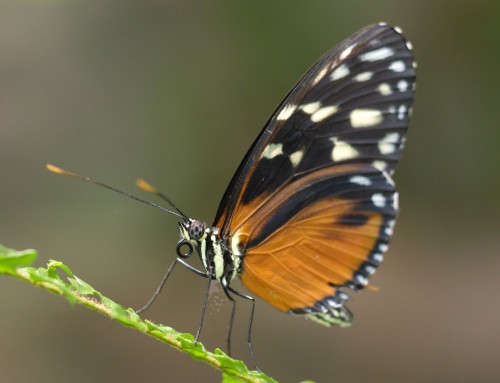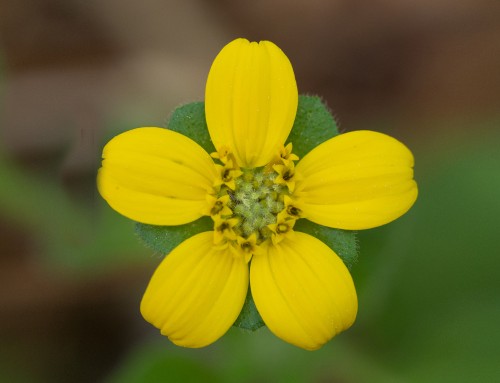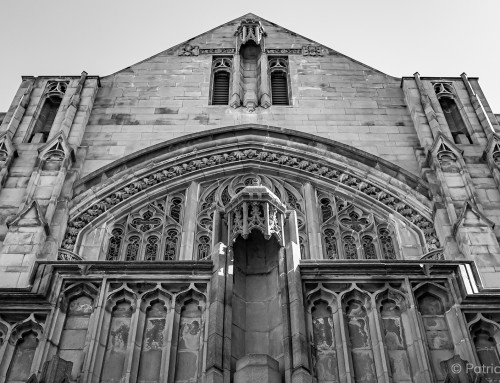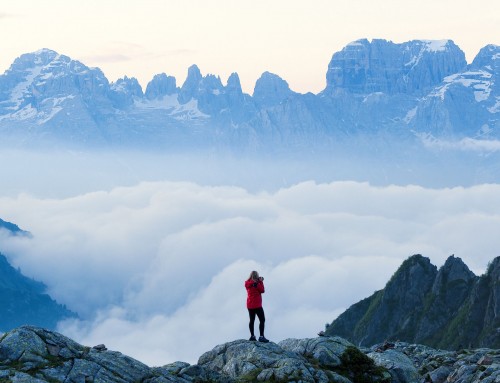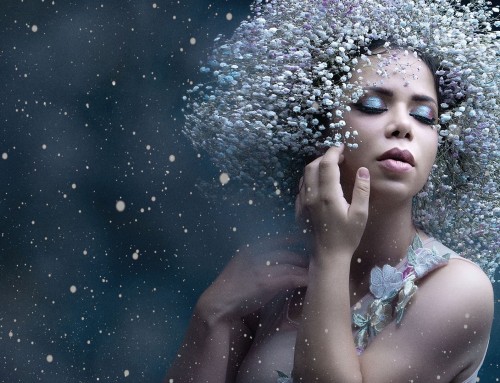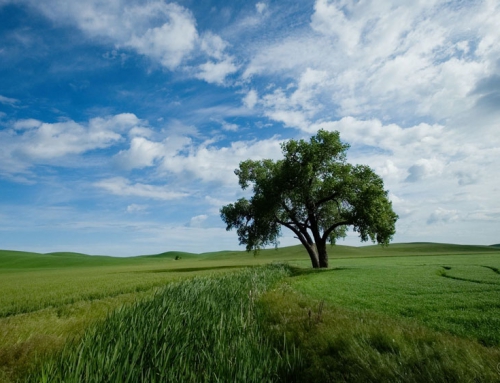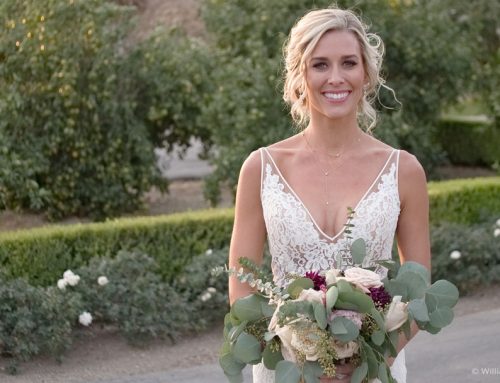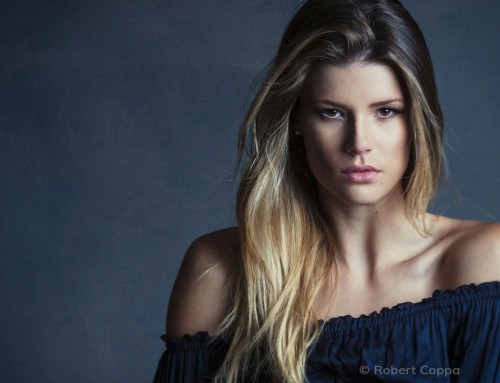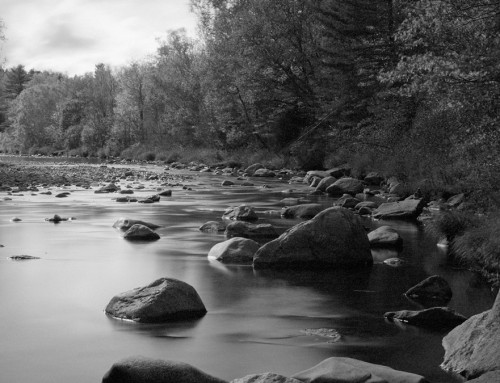https://youtu.be/7MxM5pG2s84&modestbranding=1&rel=0&showinfo=0
Reducing digital noise is a crucial step in your post-production workflow. This video shows you how to reduce noise in RAW photos with Exposure’s new profile-guided noise reduction, and in JPEG and TIFF images using manual noise reduction.
Photos: Jeff Butterworth
Transcript
What is Noise?
Noise appears in every digital image. It looks like tiny colored pixels or specks in a photograph. It is more noticeable in photos taken in low light situations. Noise can distort the details of a photo and cause distracting coloring, so it’s something photographers try to avoid. There are several factors, such as the size of the camera sensor and the ISO setting that can affect the level of noise visible in a photo.
Automatic Noise Reduction
The Noise Reduction panel houses a powerful set of tools for eliminating noise. Exposure’s noise reduction system uses innovative noise-reduction profiles. Each unique profile is based on the camera sensor, the light sensitivity (ISO) setting, and estimated electronic noise. When processing RAW images, the Noise Reduction profile is selected automatically.
In addition to the noise reduction profile, you can tune the noise reduction for the conditions of each image. Strengthen the Color or Luminance noise reduction with independent controls. When making fine-tuning adjustments to noise reduction controls, zoom into a 100% or greater magnification level.
Luminance will minimize the appearance of brightness noise, which appears most noticeably in shadow areas. In high key or overexposed shots, reducing luminance noise isn’t necessary.
The Color slider will increase the removal of splotchy color fluctuations between pixels, which lends better to smooth color gradations like skies. Color noise reduction isn’t needed in photos or areas with lots of details or patterns.
The Smoothing slider targets larger blotches of color in the image to apply gentile blurring. Use this control sparingly as it can add softness.
In the lower section of the panel, there are controls for making detailed refinements to the noise reduction effect.
At low strength the Fix Hot Pixels control detects and removes bright color spots caused by defective pixels on the camera sensor. Set the Strength slider high and it will affect lower amplitude noise that wasn’t already removed with the NR algorithm.
Add Fine Texture can hide or mask certain varieties of image noise. It also counteracts the loss of fine detail that can happen with stronger noise reduction effects.
Manual Noise Reduction
Noise Reduction profiles only work with RAW images. The manual noise reduction option is for reducing noise in JPEG and TIFF images. Manual noise reduction also exists for backward compatibility. If you have used previous versions of Exposure to apply noise reduction, those settings will be applied with these Manual controls.
First the Brightness control will set the amount of monochrome noise to remove. Then use the Detail slider to refine the effect and preserve sharp edges.
Set the amount of color noise to remove with the Color slider. Make refinements with the Smooth slider to blur larger patches of noisy color.




